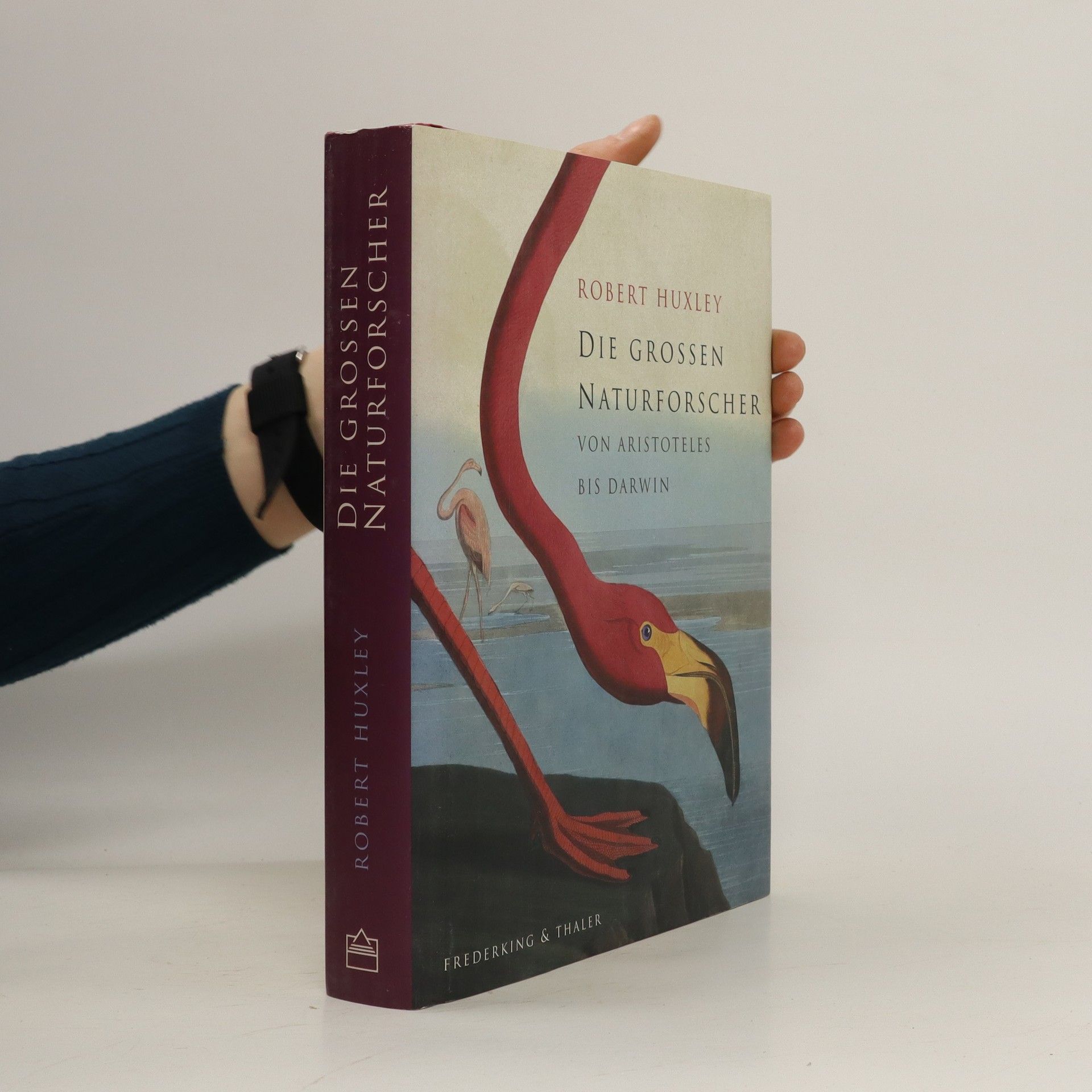Die heutigen Naturwissenschaften verdanken viel großen Persönlichkeiten, die in der Vergangenheit die Welt erforschten. Pioniere wie Alexander von Humboldt und Charles Darwin überwanden zahlreiche Widrigkeiten auf ihren Entdeckungsreisen. Durch Beobachtungen, Sammlungen und Katalogisierungen schufen sie die Grundlagen, um die Welt zu verstehen, und revolutionierten unser Wissen. Diese Erzählung beleuchtet das Leben und die Entdeckungen von fast 40 bedeutenden Naturkundlern aus Europa und Amerika, von der Antike bis zum 19. Jahrhundert, als die Naturkunde sich in verschiedene Disziplinen aufspaltete. Bekannte Figuren wie Aristoteles, Carl von Linné, Maria Sybilla Merian und Joseph Banks werden vorgestellt, aber auch weniger prominente Forscher wie Ulisse Aldrovandi, der erste Direktor eines Naturkundemuseums, Antony van Leeuwenhoek, der die Bakterien entdeckte, und Mary Anning, die als Prinzessin der Paläontologie gilt. Viele dieser Gelehrten waren auch talentierte Künstler. Das Buch enthält beeindruckende Zeichnungen und Grafiken aus dem Archiv des Natural History Museums in London, die es ermöglichen, die Natur durch die Augen vergangener Jahrhunderte zu betrachten und es zu einem wahren Kleinod machen.
Robert Huxley Bücher


Managing Natural Science Collections demonstrates the need for consistency and evidence-based decision making in the management of natural science collections, which are becoming increasingly valuable when it comes to addressing societal challenges. Drawing upon the experience of four experts who have managed some of the largest and most diverse collections in the world, the book aims to assist in the making of strategic and operational decisions regarding care, development, access and resource management. Encouraging the reader to consider how collection strategies can be aligned with the mission of their institution and contribute to its vision, the authors also examine ways to deliver a consistent approach that will secure the present and future availability and relevance of collections. Principles of good practice and resource optimisation in an ethical and legal context are provided throughout the book, as well as case studies, sample documents and templates, all of which will be useful for discussion and teaching. Managing Natural Science Collections encourages each reader to consider the different options available to them. As such, it should be essential reading for museum practitioners and other professionals around the world who are involved with any strategic aspect of managing natural science collections. Students of museum studies will also find much to interest them within the pages of this book.